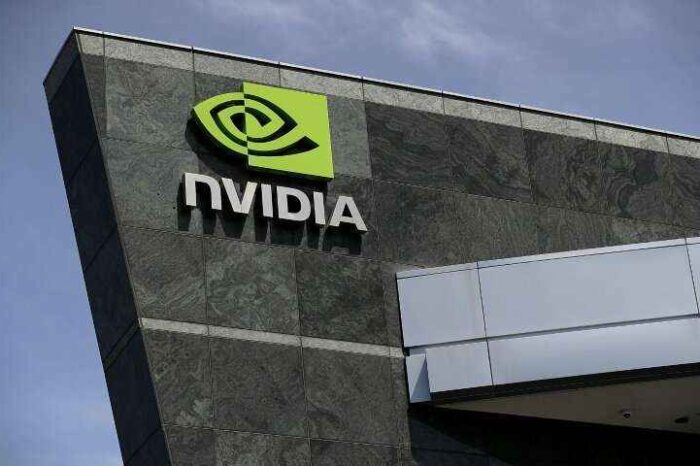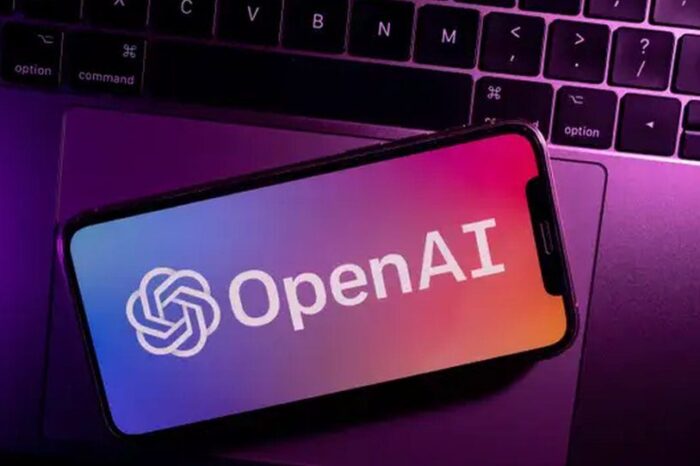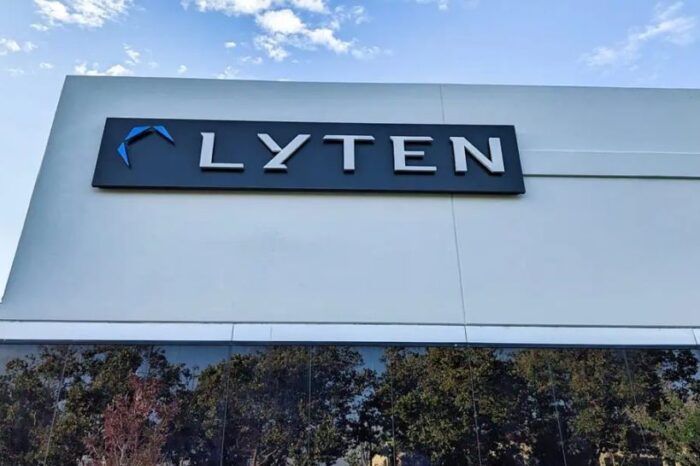Ripple to acquire stablecoin payments platform Rail for $200M amid U.S. regulatory shift
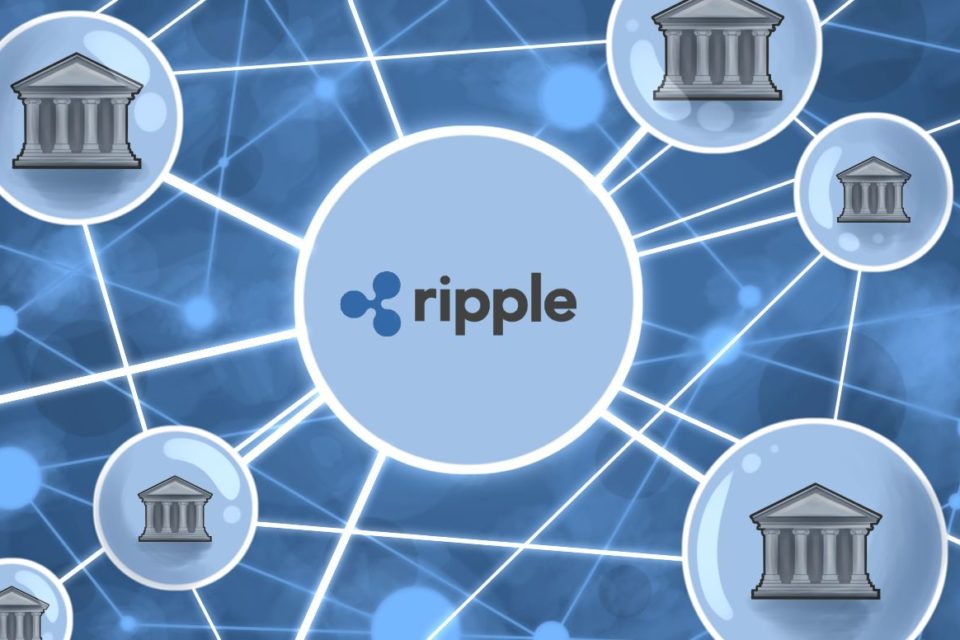
Ripple is placing a $200 million bet on the future of stablecoin payments.
The crypto company announced Thursday that it’s acquiring Rail, a Toronto-based startup specializing in stablecoin-based cross-border transactions. The deal is expected to close in the fourth quarter, pending regulatory approval.
The move comes just weeks after former President Donald Trump signed a bill into law establishing a federal framework for stablecoins—a decision that’s raised expectations that crypto tokens might finally move closer to mainstream payment systems.
In a statement on its website, Ripple said the deal strengthens its position in digital asset payments.
“This acquisition will boost Ripple’s standing as the leader in digital asset payments infrastructure. Ripple Payments offers a broad payout network, market-leading digital asset liquidity, and a kit of more than 60 licenses to manage customers’ payment flows compliantly. Rail adds to Ripple’s capabilities with virtual accounts and automated back-office infrastructure, streamlining operations.”
Ripple’s $200M Acquisition of Rail Could Shake Up Stablecoin Payments Market
Ripple, best known for its association with the XRP token, has been steadily investing in stablecoin infrastructure over the past year. The company launched its own dollar-pegged stablecoin, RLUSD, last year and is positioning it as a challenger to market leaders like Tether and Circle’s USDC.
“Stablecoins are quickly becoming a cornerstone of modern finance, and with Rail, we are uniquely positioned to drive the next phase of innovation and adoption of stablecoins and blockchain in global payments,” said Monica Long, Ripple President. “Ripple has one of the most widely used digital asset payment networks in the world, and this acquisition underscores our commitment to helping our global customer base to move money wherever and whenever they need.”
Buying Rail fits neatly into that strategy. The company said the acquisition will help it and Rail offer “the most comprehensive stablecoin payments solution available in the market.” It also expands Ripple’s capabilities to include virtual accounts and automated back-office processes.
“This opportunity for stablecoin payments is really ripe, and the acquisition of Rail just really solidifies our market leadership in stablecoin payments,” said Ripple President Monica Long in an interview.
Rail, backed by Galaxy Ventures and Accomplice, says it is responsible for roughly 10% of all global stablecoin payment activity. The company claims its infrastructure makes transactions cheaper and significantly faster, clearing in hours rather than days.
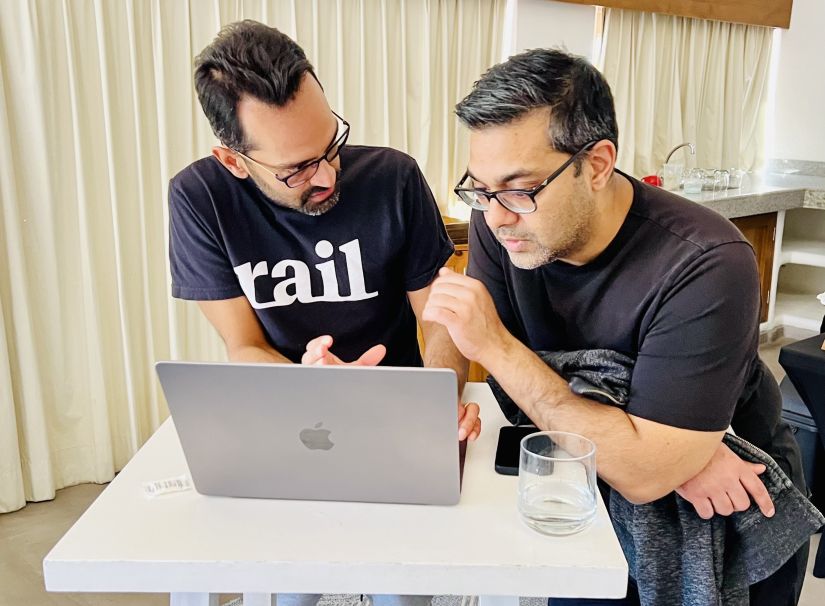
With U.S. regulation beginning to take shape, Ripple appears to be moving quickly to cement its position. In April, it announced plans to buy Hidden Road, a multi-asset prime broker, in a $1.25 billion deal. That acquisition, one of Ripple’s largest, was pitched as a way to boost RLUSD’s utility.
According to CoinGecko, RLUSD currently has a market cap of over $611 million—still far behind Tether’s $164 billion, but a clear signal that Ripple is serious about its ambitions in the space.
The company sees the pieces falling into place. The regulation is warming. The infrastructure is maturing. And with Rail now on board, Ripple wants to be the one holding the keys when stablecoins go mainstream.
Founded in 2012 by Arthur Britto, Chris Larsen, Paul Cafardo, and Ryan Fugger, Ripple is a San Francisco-based blockchain startup that offers a real-time gross settlement system, currency exchange, and remittance network. The company’s RippleNet platform connects banks, payment providers, and digital asset exchanges to streamline international transactions.


